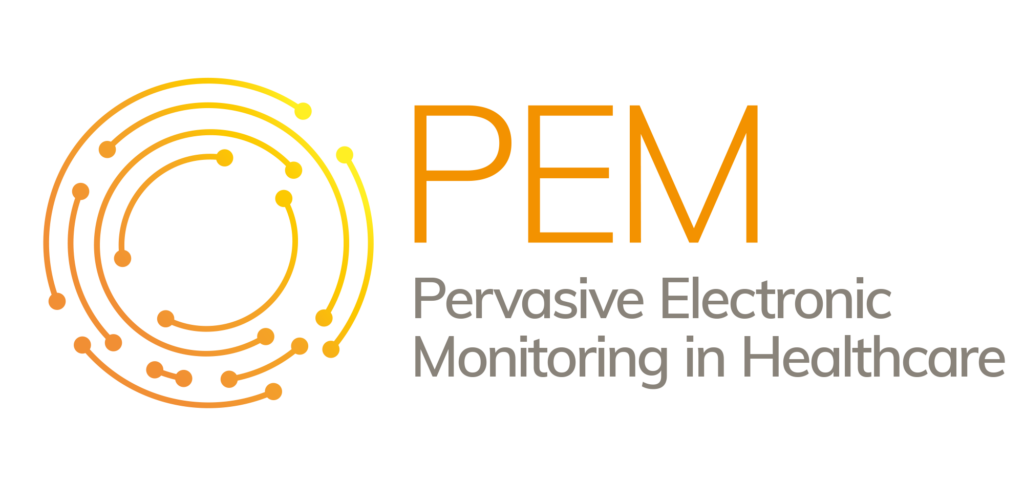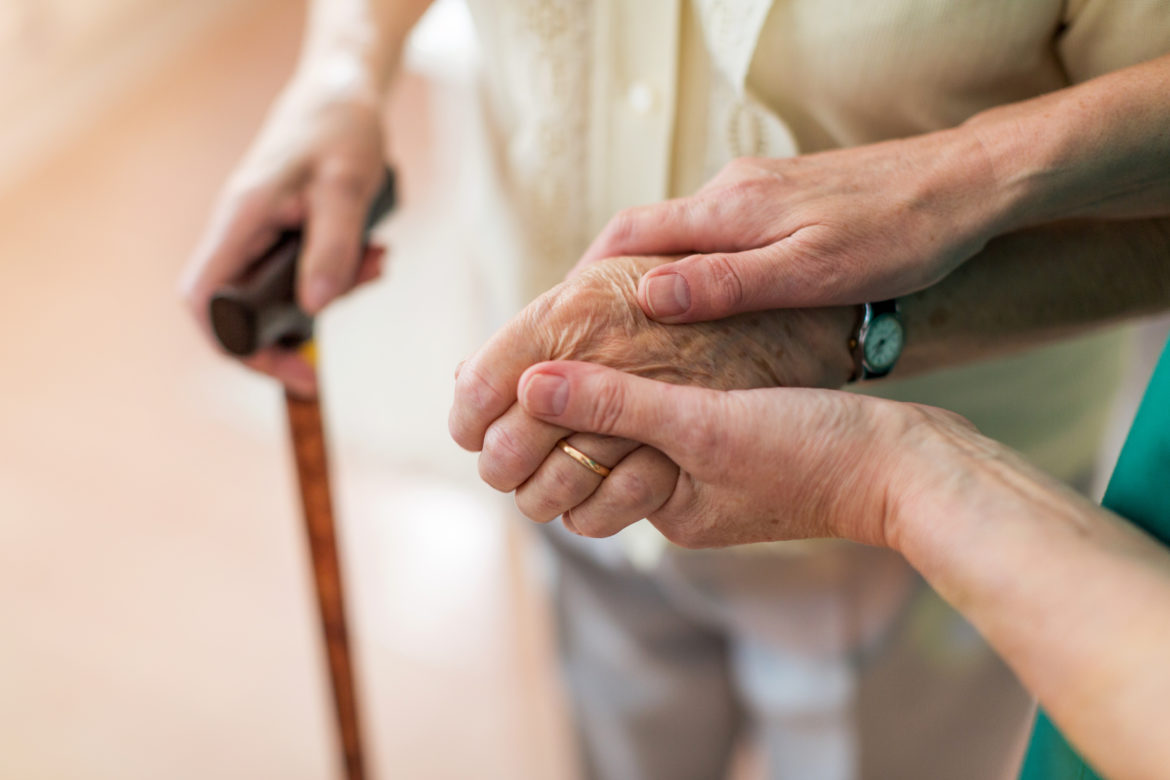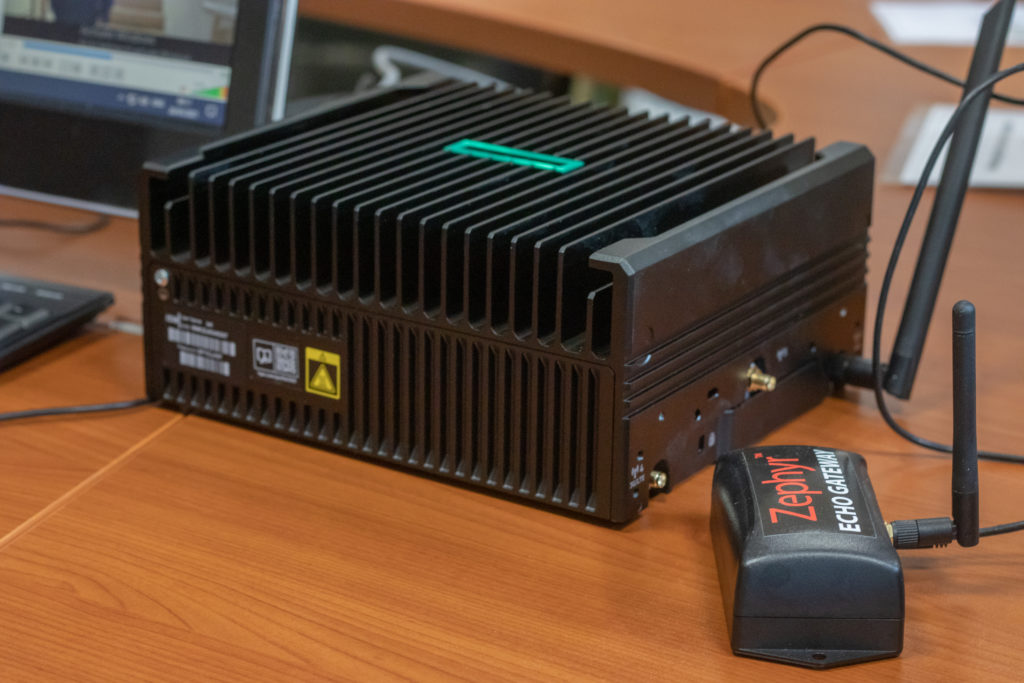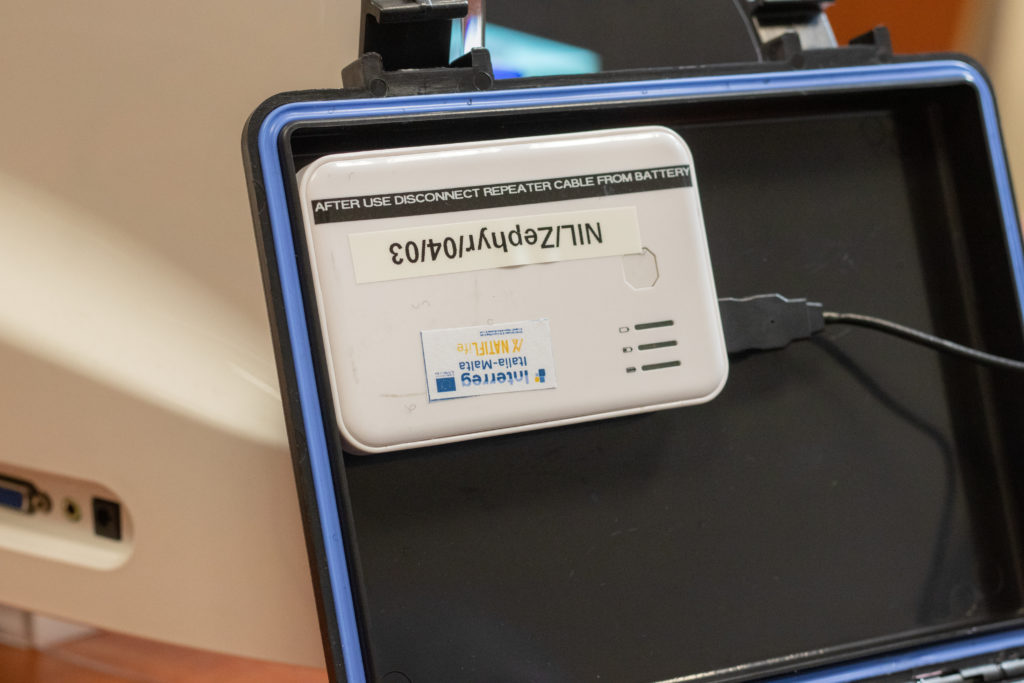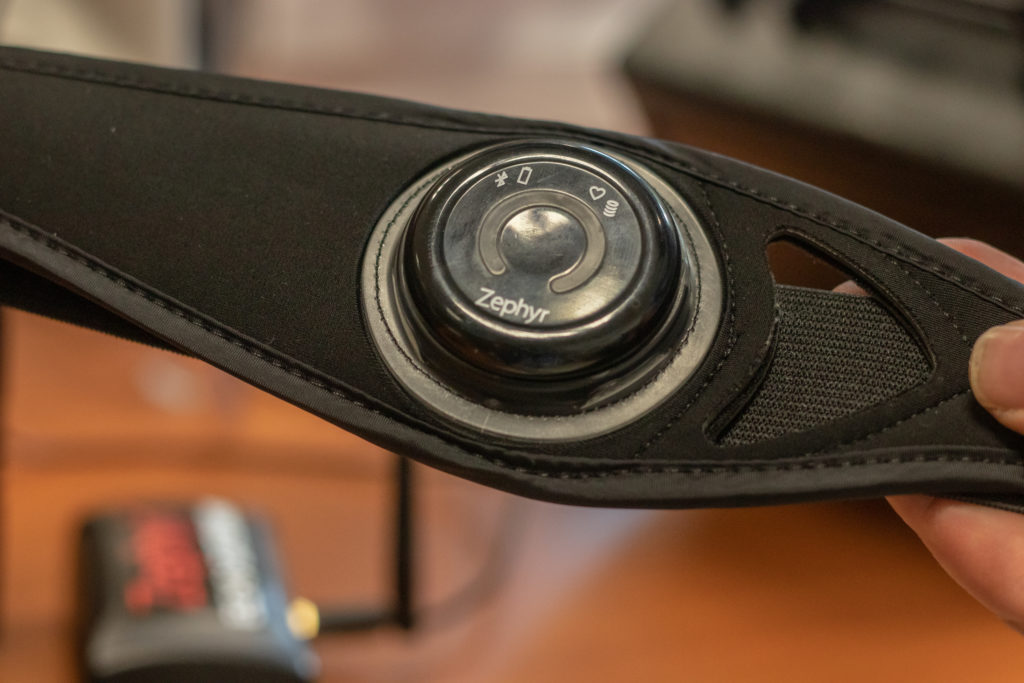The reading of data by artificially intelligent machines is starting to play a bigger role in the healthcare systems we use, yet speed is still somewhat of an issue. Now, thanks to IAN CHETCUTI’s Master’s in Computer Information Systems thesis, the reading of data in such scenarios could well become much faster.

Over the past few years, there has been a leap in the technology required to help caregivers keep an eye on patients in remote healthcare situations, as well as in residential hospital environments. This technology, although still largely in its testing phase, can give computers the ability to inform caregivers whenever a patient is in need of help within just a few seconds. Ian Chetcuti’s Master’s thesis, however, is looking to take that time lapse down to less than one second by using edge computing.
“My thesis plugs into a larger PEM (pervasive electronic monitoring) in healthcare research project funded by RIDT, which is being conducted in collaboration with Saint Vincent de Paul at Pervasive Computing labs within the Faculty of ICT. Their work is focusing on increasing the quality of life of people who live with dementia, as well as on giving more tools to their caregivers,” Ian, who also works as a Senior System Analyst at Mater Dei Hospital, explains.
The PEM system mentioned here works by having sensors send data about the patients to the cloud on a regular basis. This data is then crunched and the system alerts caregivers to any specific problems, such as a fall. Currently, however, when this data is collected, it is sent directly to the cloud, which is basically a centralised network server on the internet.
“The problem with this is that in a residential hospital environment, there are vast amounts of data being collected from a large number of people simultaneously. And while the systems can crunch this data in just a few seconds, such delays could mean the difference between life or death in certain circumstances,” Ian continues.
“That’s why my Master’s thesis is suggesting a framework using edge computers, which in essence would be servers located in specific rooms or areas of the hospital. Each of these edge computers would only cater to a specific number of people, whose data would be received and analysed by their allocated edge server.”
These edge servers would then look at the most important data and alert caregivers if there is an issue before forwarding the data to the cloud. The cloud, then, would predict the processed data that has been forwarded and alert caregivers whether the edge computer has or hasn’t caught it, thus ensuring double verification of every case.

Such a process may seem time-consuming but, in reality, an alert issued by edge computers would be out within less than a second from the accident happening. This would mean that if a caregiver is not in the room, or is taking care of another patient elsewhere, they would immediately be told that Patient X requires their assistance. Moreover, through the use of Wi-Fi connected to the patient’s smartphone, caregivers would be able to use a visualisation tool to see exactly where the patient has fallen.
The importance of such a project lies in the fact that it has a transferrable system that could be used for a lot of other scenarios, too. By adding sensors that check heart rate, skin temperature, blood sugar levels, blood pressure levels, and so on, a system like this could alert nurses and doctors to any immediate or predictable danger before it actually happens. Meanwhile, the use of such systems can give patients with dementia, among other conditions, more independence while reducing risk, as the system could automatically be made to call relatives, emergency services, or even a neighbour in case of accidents.
Will this be the future of care? Only time will tell, but it’s surely a promising start.
